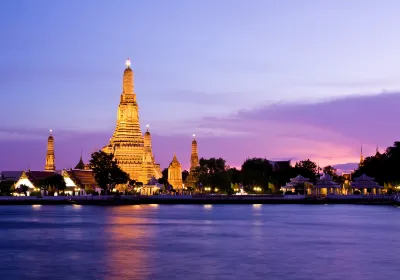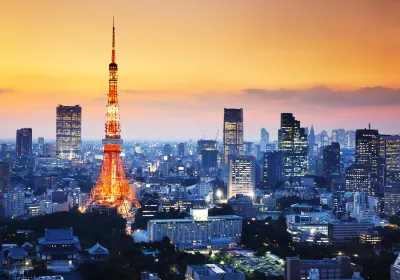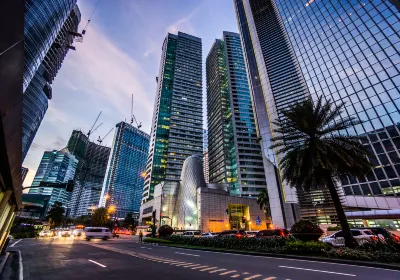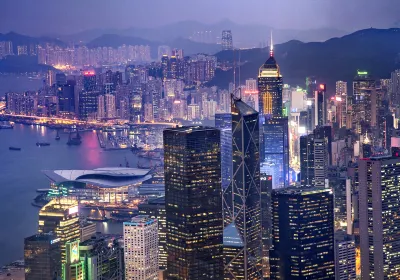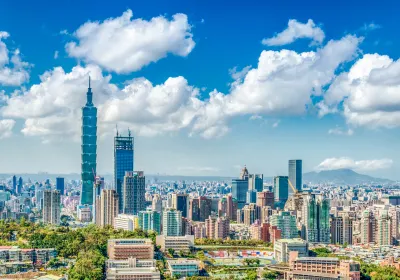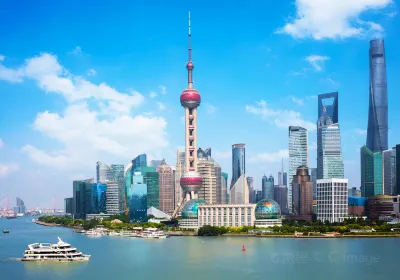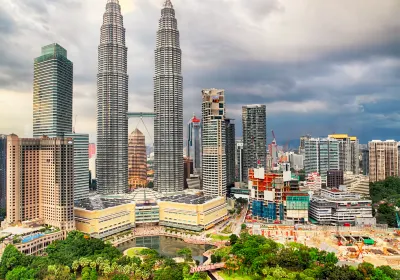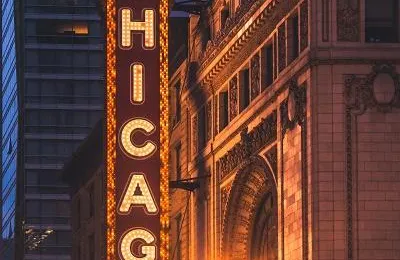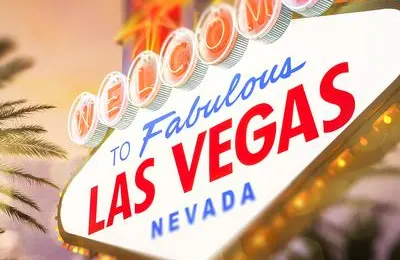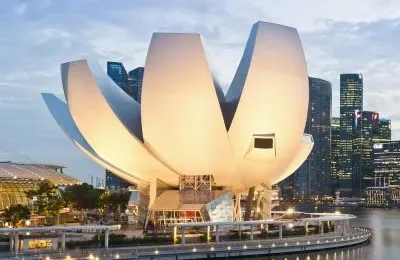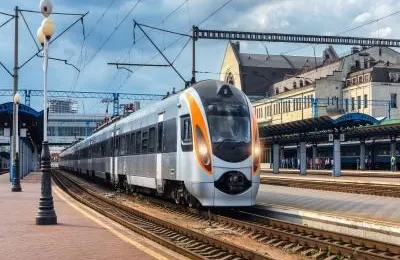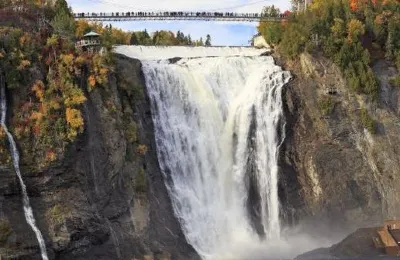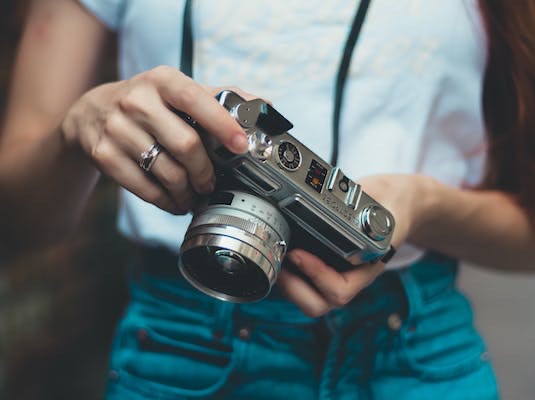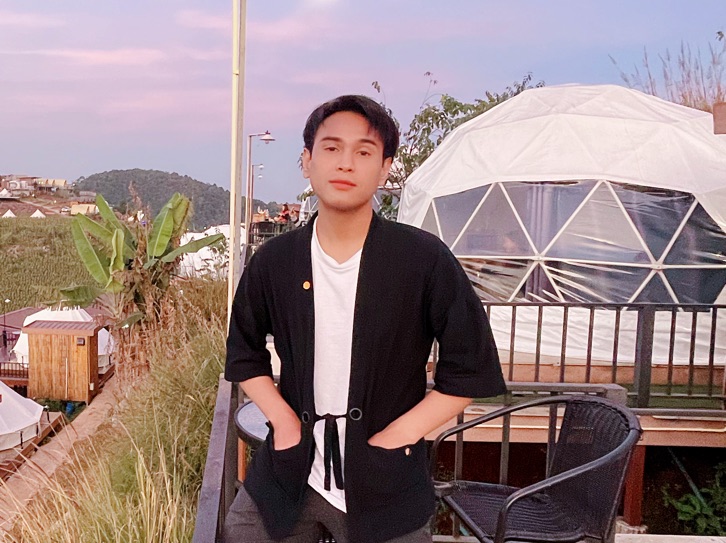Destinations
Travel Experiences
Popular Destinations
Urumqi Travel | Krabi Travel | Okinawa Travel | Sihanoukville Travel | Tonglu Travel | Melbourne Travel | Thailand Travel | South Korea Travel | Taoyuan Travel | Shunde District Travel | Shangri-La Travel | Dalian Travel | Chaozhou Travel | Dali Travel | Vietnam Travel | Molveno Travel | Jeffreys Bay Travel | Suvarnabhumi Airport Travel | Liuzhou Travel | Attu Island Travel | Narrabri Shire Council Travel | Cedar Brush Creek Travel | Korora Travel | Blackbull Travel | Cooladdi Travel | Shearwater Travel | Gia Nghia Travel | Cang Long Travel | Ivanovskiy Travel | Wyses Corner Travel
Recommended Attractions at Popular Destinations
Bangkok attraction near me | Tokyo attraction near me | Manila attraction near me | Hong Kong attraction near me | Seoul attraction near me | Taipei attraction near me | Los Angeles attraction near me | New York attraction near me | Shanghai attraction near me | Kuala Lumpur attraction near me | Shenzhen attraction near me | Guangzhou attraction near me | Osaka attraction near me | Singapore attraction near me | London attraction near me | San Francisco attraction near me | Beijing attraction near me | Macau attraction near me | Bali attraction near me | Paris attraction near me | Orlando attraction near me | Jakarta attraction near me | Ho Chi Minh City attraction near me | Phuket attraction near me | Chicago attraction near me | Toronto attraction near me | Cebu attraction near me | Dallas attraction near me | Istanbul attraction near me | Dubai attraction near me
Popular Attractions
Badaling Great Wall | Mutianyu Great Wall | Monumento a las Bandeiras | Statue of Liberty | Adventure Waterpark Desaru Coast | Times Square | Emperor Qinshihuang's Mausoleum Site Museum | Burj Khalifa | Chimelong Safari Park | Tiananmen Square | Temple of Heaven | Yokohama Hakkeijima Sea Paradise | Chocolate Hills | Penida Island | Qianmen Street | Khaosan Road | Entre Cours et Jardins - Cite Plantagenet | Cape Sukai | Grotte de Hortense | Traralgon Railway Reservoir Conservation Reserve | Sixaola Bridge | Cheerfully Touch Thai Massage | Aerosaurus Balloons | Seven Mile Creek Park | Gardens by the Bay | S.E.A. Aquarium | Phi Phi Islands | Genting SkyWorlds Theme Park | Boracay | Water Cube Water Park
Popular Travelogues
Bangkok Travelogue | Tokyo Travelogue | Manila Travelogue | Hong Kong Travelogue | Seoul Travelogue | Taipei Travelogue | Los Angeles Travelogue | New York Travelogue | Shanghai Travelogue | Kuala Lumpur Travelogue | Shenzhen Travelogue | Guangzhou Travelogue | Osaka Travelogue | Singapore Travelogue | London Travelogue | San Francisco Travelogue | Beijing Travelogue | Macau Travelogue | Bali Travelogue | Paris Travelogue | Orlando Travelogue | Jakarta Travelogue | Ho Chi Minh City Travelogue | Phuket Travelogue | Chicago Travelogue | Toronto Travelogue | Cebu Travelogue | Dallas Travelogue | Istanbul Travelogue | Dubai Travelogue
Popular Travel Photos
Beijing travel photos | Shanghai travel photos | Istanbul travel photos | Los Angeles travel photos | Cebu travel photos | Guangzhou travel photos | Dallas travel photos | Shenzhen travel photos | Orlando travel photos | Toronto travel photos | Osaka travel photos | Tokyo travel photos | Hong Kong travel photos | Macau travel photos | Taipei travel photos | Seoul travel photos | Phuket travel photos | Kuala Lumpur travel photos | Manila travel photos | Rome travel photos | Ho Chi Minh City travel photos | Paris travel photos | Singapore travel photos | London travel photos | Bali travel photos | New York travel photos | San Francisco travel photos | Chicago travel photos | Bangkok travel photos
Trending Travelogues
2024 Guide to Shanghai Pudong Airport: Transit Visa & PVG Airport Shuttle | Latest Trip.com Promo Codes, Coupons, Flight Deals & Hotel Discounts (Monthly update) | Complete Guide to Fansland Web3 Music Festival: Tickets, Artists & More | JR Pass: All You Need to Know About Travel in Japan | Theme Parks in Japan | Top Attractions in China | Top Attractions in Japan | Places to Visit in Malaysia | Latest Trip.com Promo Codes, Coupons, Flight Deals & Hotel Discounts in the United Kingdom [2024] | Top Must-See Disney Attractions Around The World | Places to Visit in Shanghai | Top Universal Studios Attractions Around The World | Best Amusement Parks in USA | Places to Visit in Singapore | Best Thailand eSIM Guide: 5G data eSIM from $5.98! | Best Theme Parks In The World | Discover the Latest Promo Codes in Indonesia with Trip.com and Save on Your Next Adventure! | Top Attractions in San Francisco | Top Attractions in Chicago | Top Attractions in New Orleans | Top Attractions in New York | Top Attractions in California | Things to do in Australia | Things to do in New Zealand | Top Attractions in Taiwan | Things to do in Tokyo | Things to do in South Korea | Top Attractions in Asia | Places to Visit in China | Top Attractions in Europe
About
Payment Methods
Our Partners
Copyright © 2024 Trip.com Travel Singapore Pte. Ltd. All rights reserved
Site Operator: Trip.com Travel Singapore Pte. Ltd.
Site Operator: Trip.com Travel Singapore Pte. Ltd.

